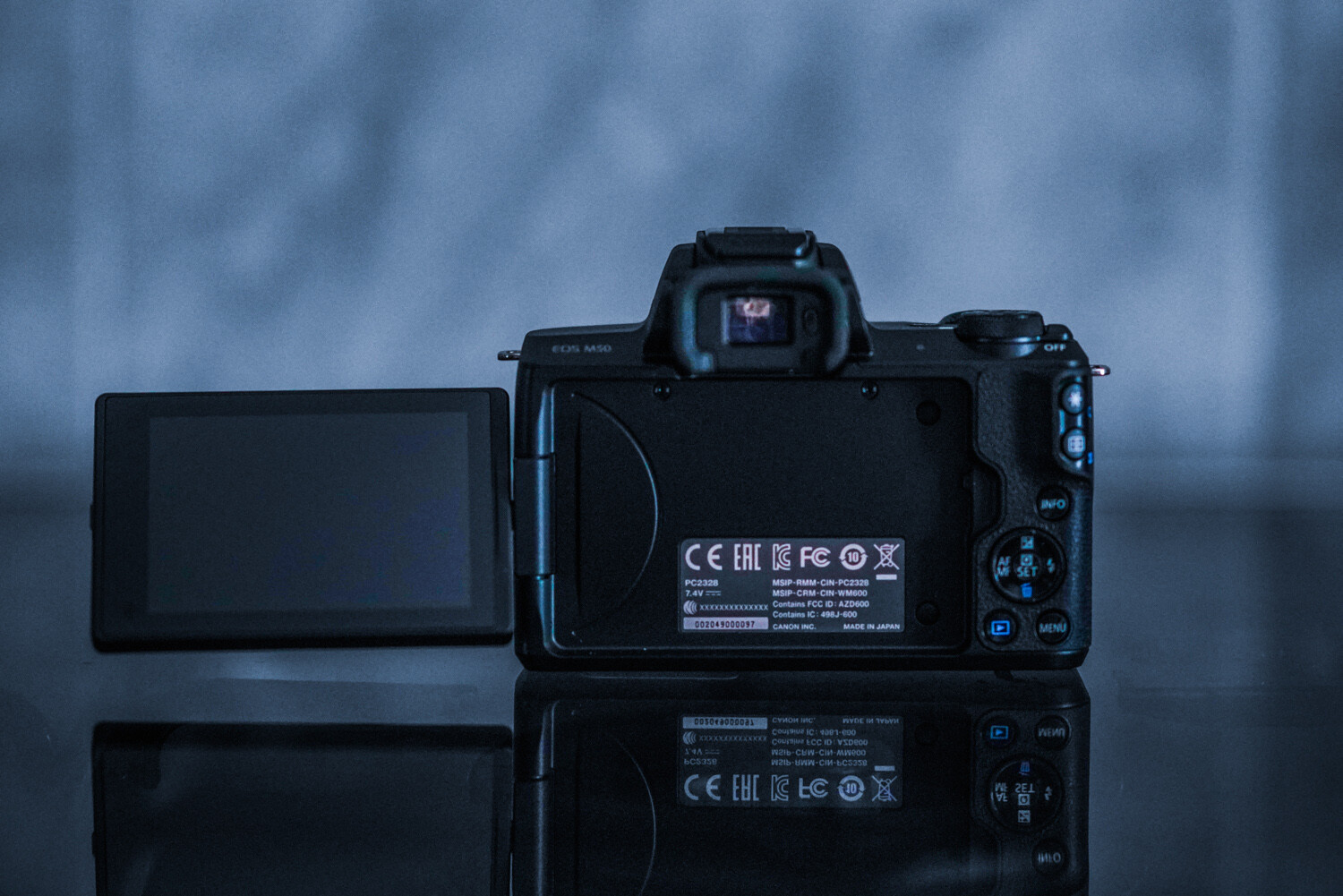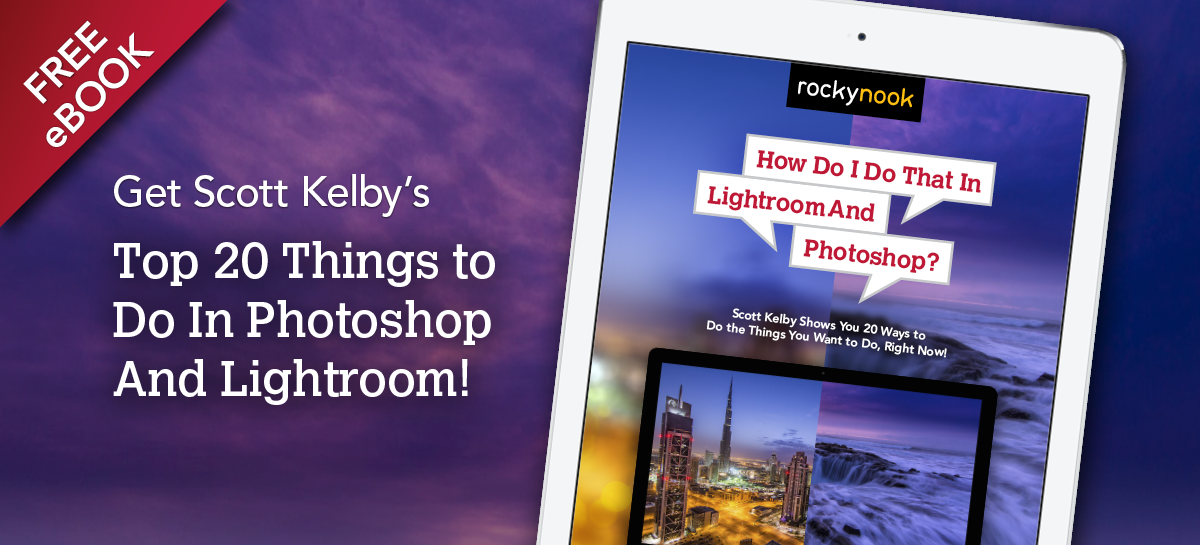How to Shoot and Process Better Waterfall Photos
Everybody loves a good waterfall image with a long exposure, but in this article, I’ll show you how to capture more detail and motion in that fascinating tumble of whitewater. Water is the most powerful force of nature on our planet and there’s a simple technique you can use when photographing waterfalls that more effectively harnesses the fury and chaos of mother nature.Tip 1 – Use a faster shutter speed

#Photographyforever#ZeissBatis#Shutterspeed
While many photographers would consider 1/3″ (one-third of a second) a slow shutter speed, it’s typically a lot faster than many would use for shooting waterfalls. I’ll sometimes even use 1/6″ (like in the left image above) depending on the volume of water in my composition.
Shooting waterfalls using a 1/6″ to 1/3″ shutter speed captures far more detail and texture in the moving water. It’s still long enough to create motion blur but fast enough to capture the motion of individual water droplets as they blast through your scene.
I feel that these faster shutter speeds tell the story much better than a totally silky smooth white out because the added detail shows the true power of water as it carves through the landscape.
Tip 2 – Use a wider (faster) aperture if required
As a landscape photographer, I usually prefer to stop down to apertures like f/11 or even f/16 so that I can capture the maximum depth of field and sharpness. This is the ideal scenario if you’ve got enough light to work with, but what if there isn’t much available light and using faster shutter speeds just ends up giving you an image that’s way too dark?There are two things you can do to deal with this problem. Firstly, I’ll open up the aperture to let more light into the camera. For the above images, I was shooting with the Zeiss Batis 18mm and was able to open up to f/2.8. This often gets me closer to the 1/6″ shutter speed while capturing an image that is still bright enough, even in low light conditions.
Tip 3 – Increase ISO as a last resort

When it starts to get dark I can increase my ISO which makes my sensor much more sensitive to light and enables me to get away with faster shutter speeds in low light situations. Bumping up the ISO is the last resort as it introduces noise and degrades image quality drastically.
Tip 4 – Shoot an overexposed frame at f/11 with a low ISO

This
overexposed shot captures bright shadow detail in the mossy rocks. I
don’t care about the blown
out white water. I’ll be erasing that later in processing.
out white water. I’ll be erasing that later in processing.
I usually stop down my aperture to around f/11 (I used f/8 because my lens performs well at that aperture.) Then I watch my Live View display while increasing the shutter speed and overexposing the image until I can clearly see all of the shadow detail on my display. For this to work, I must have Exposure Simulation enabled on my camera (check the settings for yours).
When you try this you may find that the water is a completely blown out mass of pure white. That’s okay because you’ll be using the water from your darker, faster exposures when you blend these images together.
All we care about with this shot is capturing an image that clearly shows the surrounding area. In my shot, it’s the mossy rocks and cliffs around the waterfall that are the priority.
Putting it all together
There are a few options for blending multiple exposure images like this:- HDR – Fastest, easiest but less realistic and not the best image quality.
- Luminosity Masks in Photoshop – Steeper learning curve but often results in the best image quality. Read more on that topic here.
- Manual Blending in Photoshop – Easier than learning Luminosity Masks and almost the same image quality.
Waterfall Image Processing

First of all, let’s look at the RAW files and talk about the camera settings I decided to use. This first exposure was shot with an aperture of f/8 for great depth of field and sharpness. I used a long exposure time of 13″ so this is obviously the overexposed frame I talked about earlier.
My next frame was shot at 2.5″ which was the shutter speed recommended by my camera’s light meter. Even though the light meter was telling me that 2.5″ was ideal, it’s still not fast enough for me to capture water detail because as you can see below, the water is just a mushy white blur. So I decided to shoot a couple faster frames even though I knew they’d be underexposed.

ISO 50, f/8, 2.5 seconds. The exposure was still too long to capture detail.
Finally, for the next frame, I went for an even faster shutter speed of 1/6″ and this is the one I’ll use to blend with the first overexposed frame.

1/6th of a second was the magic number to get detail in the water.
Step 1 – Process the overexposed image
Even though the water in this image is completely smoothed out, all I really want from here is everything BUT the water. I might choose to keep a few parts of the silky water movement but for the thicker sections of water, I’ll be getting rid of that mushy white stuff.
I’ll open this in Adobe Camera RAW and bring down the exposure slightly, brighten shadows by +18 and then brighten the blacks to +8. I’ll also punch the color vibrancy up to +8 and then hit Open Image to bring it into Photoshop.
Step 2 – Process the underexposed image

The first thing I need to do here is to increase the exposure to +1.50. This brightens the image up but also kills some of the detail in the brighter sections of the white water. I’ll fix that by pulling the highlights down to -27 and the whites down to -17 then hit Open Image to bring it into Photoshop.
Step 3 – Stack and align the layers
I can easily stack the overexposed image on top of the darker one by clicking in the layers panel and simply dragging it to the tab for the underexposed image. Photoshop will drop a copy of that layer on top of the original.Align the layers just in case there was any camera movement between shots by making sure both layers are unlocked. Hold down shift and click on each layer so that both layers are selected. Then go to Edit > Auto-Align Layers. I go with the default Auto and hit OK. In this case, nothing happened because there was no misalignment.
Step 4 – Selectively erase the overexposed water

This is the fun part where a bit of skill and judgment comes in handy. With practice, you’ll get better at choosing which parts to erase on your own waterfall images. My goal here is to get rid of any boring bits of overly silky water to reveal the more interesting motion blur of the layer underneath. Take your time and use a bigger brush than you think you might need. If you use a brush that’s too small you’ll be able to see the halo edges of your brushwork.
You don’t have to erase ALL of the white water, just the parts you find lacking in action and drama. Some areas may look better from the overexposed shot and others may look better from the underexposed shot. Finding the perfect balance is down to your artistic judgment.
Try switching the top layer on and off by clicking the eye icon next to the layer. This helps you to see if the changes you’ve made work towards creating a better image.
You can also change the opacity of the eraser brush so that the effect is less intense. For the top part of the falls, I’ll use an opacity of 50% so the effect is more subtle. If you prefer non-destructive editing and are already familiar with Layer Masks you could perform the exact same process. I just prefer the fast simplicity of this method and wanted to show you the easiest way to get a quick and effective result.
Step 5 – Fine-tuning the blending
To make the two layers blend more seamlessly I’m going to make the overexposed layer slightly darker. I choose Image> Adjustments > Brightness/Contrast and set the brightness to about -38. I can also brighten up the darker exposure slightly so that it gets closer to the brightness of the overexposed layer by going to Image > Adjustments > Shadows/Highlights and setting the Shadow Amount to 3%.
This result is a nice, flat looking image that has a great dynamic range with lots of texture, detail, and motion in the water. From this point, you can do whatever you like to the image, such as add contrast, play with colors, or dodge and burn – whatever it is you like to do with your nature images normally.
The benefit of using this method is that your water motion will be much more interesting and engaging to your viewers than just a silky smooth white out.
Final thoughts

I just want to state that all of this is subjective. If you prefer waterfall photos that contain little to no detail in the motion of the water, good for you. By using the techniques I’ve outlined in this article you can get the best of both worlds and decide which combination of options works best for your image in post-production.
I hope this helps to improve your waterfall photography.







































